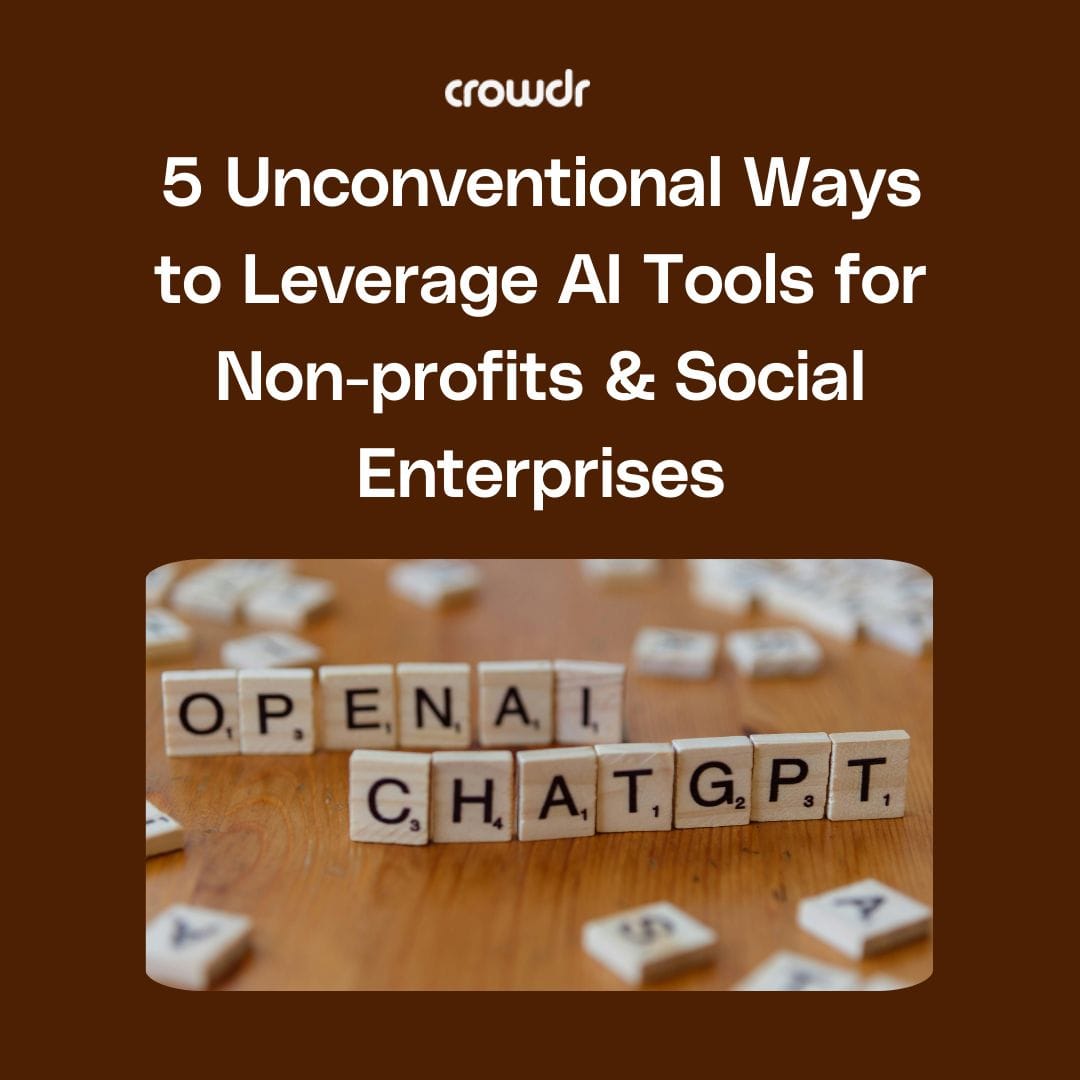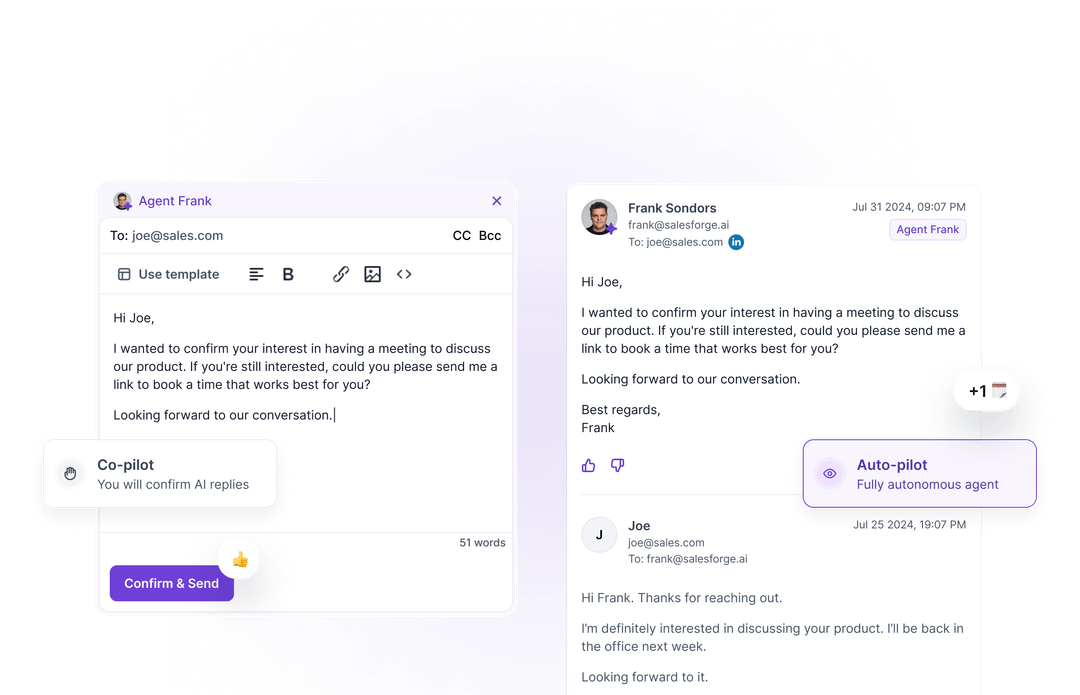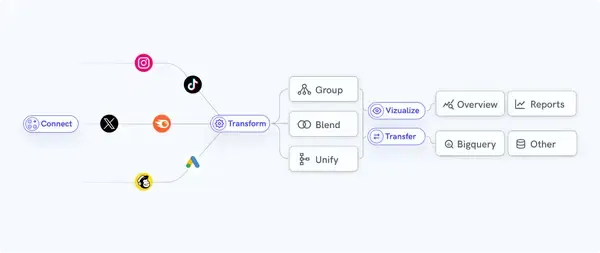5 Unconventional Ways to Leverage AI Tools for Nonprofits and Social Enterprises
You can hire AI employees to reduce labor costs. Use AI to power-up fundraising, accelerate impact assessment, and customize services. Some of the best AI tools for nonprofits are...

In a few short years, AI has established itself as an essential productivity tool across all industries, and the non-profit world is no exception – up to 90% of nonprofits are using AI technologies in some way. That's impressive for an industry known to be overly cautious regarding new technologies. So far, we've mostly seen AI applied to simple but repetitive tasks; your organization likely uses AI for chatbots, internet searches, and content writing. But how else can you leverage AI tools for nonprofits?
- Cut labor costs
- Personalize your services
- Optimize fundraising
- Provide impact assessment and reporting
- Assist with data-backed decision-making
Keep reading to deep-dive into each use case, as well as suggestions of AI tools for nonprofits!
Cutting labour costs
Nonprofits and social ventures are notoriously short on funds, leading to expected difficulties and recruiting and retaining employees and volunteers. Though they can never replace human creativity, AI and Machine Learning (ML) software can fill gaps where needed. For instance, tools like Chat GPT can help one senior content marketer do market research that would typically take hours or require assistants. 💡AI agents like Agent Frank, Artisan, and Novus, promise operational agility without the need for constant human input or monitoring.

Personalizing services
Generic product offerings are out. Companies that really understand their users customize services to make them feel tailor-made for each customer. Everyone wants to feel special! AI can help provide faster and more accurate personalized services to beneficiaries, donors, and customers. That's possible through user interaction tracking models, Natural Language Processing (NLP) software, and so on. 💡For example, a mental health app with AI and machine learning tech can provide users with personalized recommendations of resources based on search history and keyword logging. It can be taught to recognize keywords that signal a need for emergency intervention.
Insider and Dynamic Yield are examples of off-the-shelf personalization tools
Optimizing fundraising
In 2022, global giving dipped by 3.4% compared to the pandemic era, mostly due to donor fatigue and economic uncertainty. Fundraising is more competitive than ever but your nonprofit or social enterprise can use AI to boost fundraising strategies for the best results. AI can analyze billions of data points to identify potential donors and predict donation trends; all within a few minutes. 💡Donor management software with ML and NLP tech can create extensive donor profiles. Nonprofits will get information on giving history, wealth indicators, and charity inclinations. Furthermore, AI can also give data-backed suggestions about how and when to approach each donor.
DonorSearch AI and DonorPerfect are our best examples of fundraising AI tools
Impact assessment and reporting
The core mission of nonprofits and social enterprises is to make an impact. However, measuring and reporting impact is complex and costly. Oftentimes, impact assessment falls short of accuracy. AI and ML tools can record and analyze large data sets across multiple sources with near-perfect accuracy. They can be used to produce real-time analysis and reports that would allow nonprofits and social enterprises to identify and adjust underperforming intervention strategies. AI tools like Whatagraph and Klipfolio make it easier to standardize impact measurement metrics, compare interventions, and access long-term impact.

Data-backed decision-making
AI can optimize and take the guesswork out of strategic decision-making. Through data analytics, organizations can collect vast amounts of information and process them into actionable insights. 💡For example, disaster relief organizations can use AI together with remote sensing technologies to monitor their target areas. They can anticipate extreme weather events to get a head start on evacuation, deployment of safety measures, and distribution of relief materials.
AI tools for nonprofits: game-changer
Every nonprofit leader or social entrepreneur is to bring real change in their communities—that's what we're about at Crowdr.
AI can do more than just draft emails in ChatGPT; it can be a game-changing advantage for any organization. So why not tap into its full potential to 10x your impact?
